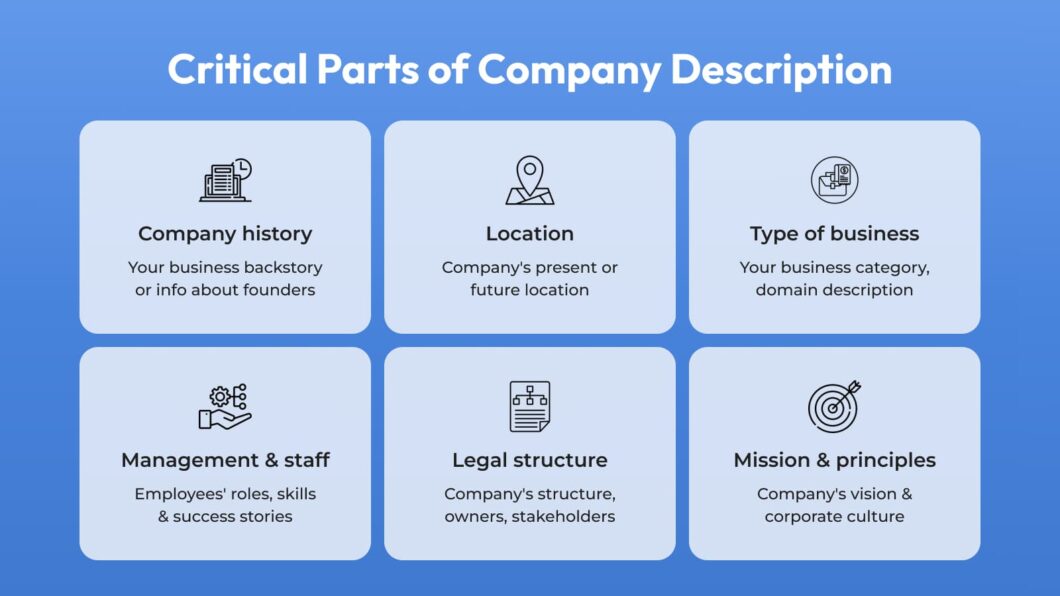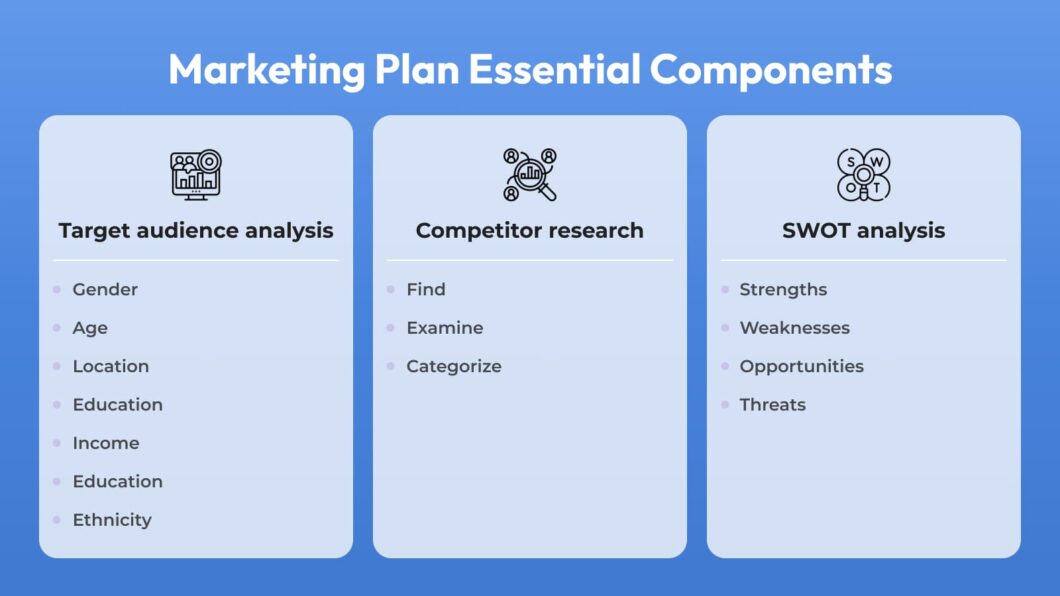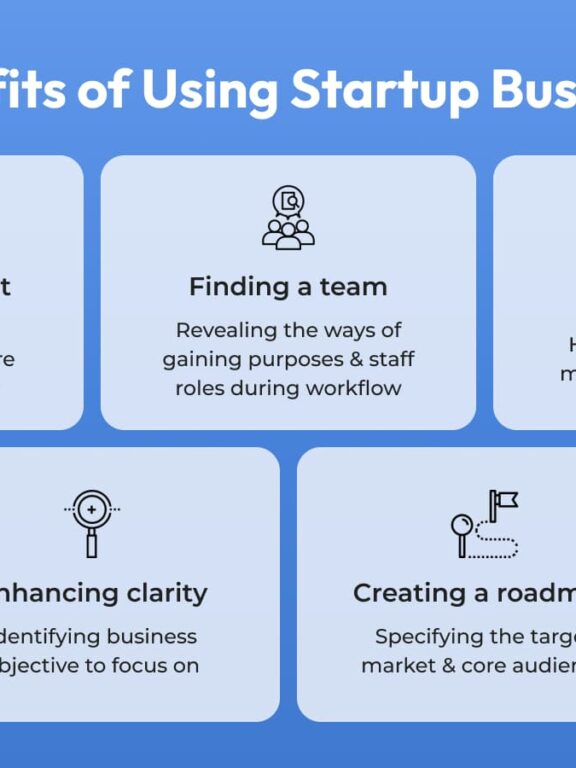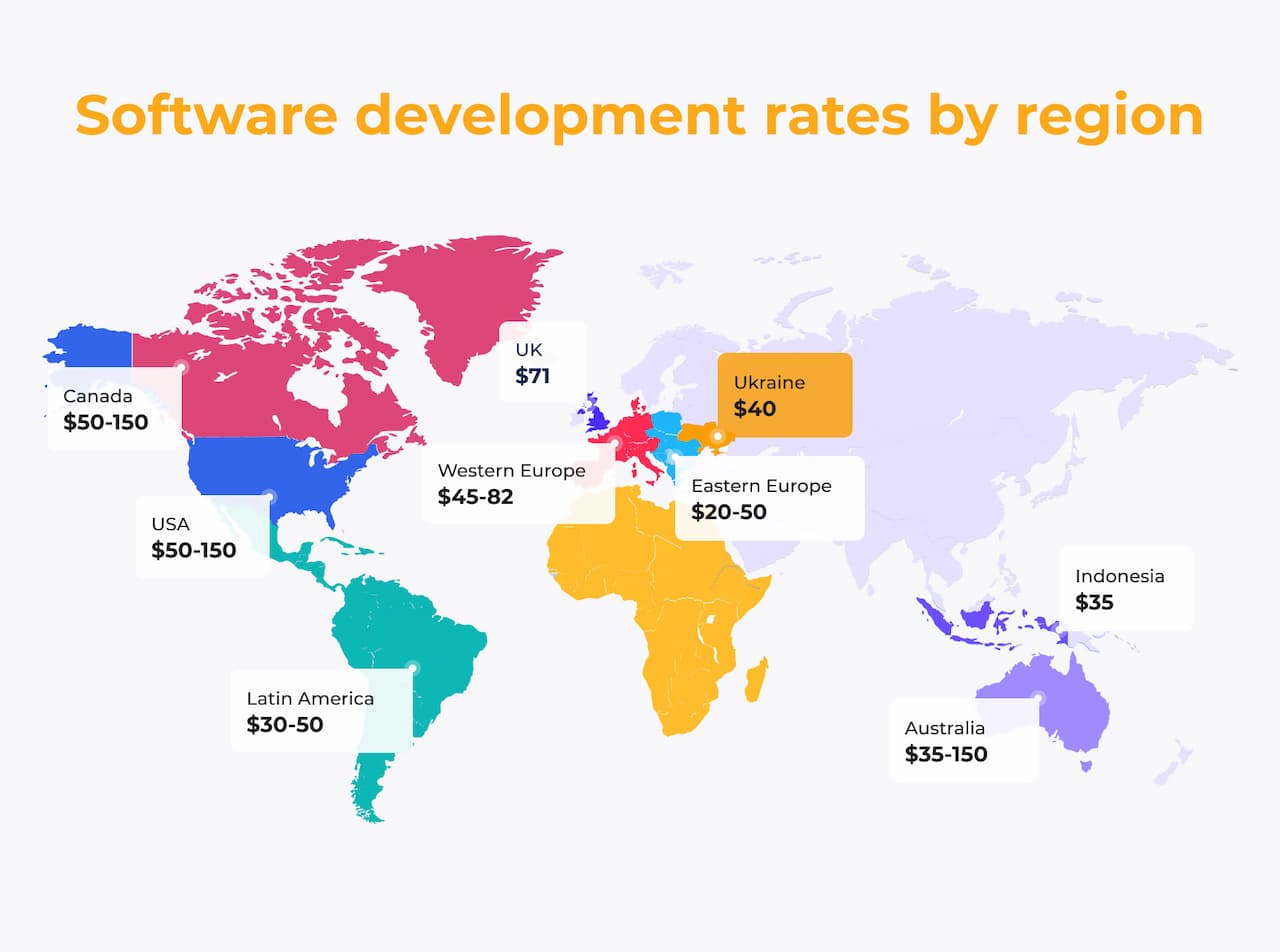Today, it is difficult to imagine a successful startup that does not have a business plan including all the details. This is not surprising since the chance of a startup’s success increases by 16% with a clear business plan. In addition, today, more than 71% of emerging companies have a detailed business plan.
A business plan is one of the key details of any startup, as it brings certain benefits that cannot be neglected:
- Simplified decision-making
- Idea validation
- Compiling ideas into a clear action plan
- Development of new ideas
However, you must write your business plan correctly and adhere to a strict structure to get all these benefits. In this article, we will review all sections of a quality business plan and provide some valuable insights. So let’s get started.
Section 1. Executive Summary
The first section that investors will see is the executive summary. By its structure, this section acts as an introduction to the entire business plan. It provides a brief overview of your startup before getting into the details.
An executive summary consists of several integral blocks:
- Startup overview. An introductory block in which, in a few sentences, you should acquaint the reader with the startup and its purpose.
- Target audience. In this block, briefly describe the target market and support your statements with charts and statistics of its prospects.
- Competition. This block is dedicated to representing your future competitors and features of your startup that will help you compete with competitors.
- Finances. Here, you should outline the specific financial milestones you want to achieve with your startup. Various indicators of income, ROI, and so on will be relevant here.
- Team. This section introduces investors to your team, describes the team’s structure, which specialists are present, and so on.
- Funds. This point is extremely important for investors as it provides investment information to turn the startup idea into a full-fledged product.
Section 2. Company Overview
The subsequent segment of your business plan should offer an in-depth profile of your company. To provide a comprehensive overview, it’s essential to elaborate on the following aspects:

- Company history. Narrate the company’s journey, commencing from its inception. For budding startups, introduce the founders and their entrepreneurial endeavors. For more established companies, highlight past achievements and product portfolios.
- Location. Specify the physical address of your company or the intended relocation address, if applicable.
- Business type. Elaborate on the industry in which your company operates and delineate the products or services it offers. This information is pivotal for investors to grasp your business landscape.
- Team structure. Outline the organizational framework of your team and management. Emphasize the pivotal roles and accomplishments of key personnel.
- Legal structure and ownership. Provide insights into your company’s legal structure (e.g., LLC, C-Corp) and elucidate the ownership hierarchy.
- Mission and principles. Define your company’s objectives and fundamental guiding principles. This section offers a glimpse into your business ethos.
Section 3. Marketing Plan
Any entrepreneur wants people to know and talk about his startup, and a well-thought-out marketing plan helps with this. It is also an essential part of the entire business plan, and investors will be very judgmental. The entire marketing plan consists of three important and complementary components. Let’s talk about them in more detail.

Target audience analysis
Customers are the life force of any business, making it imperative to define a startup’s target audience accurately. To achieve this, a comprehensive analysis of the audience you intend to serve is crucial. To enhance this process, segment your audience based on specific demographics, including gender, age, education, location, income, and ethnicity.
This segmentation allows for a more precise understanding of your potential customers. To refine your target audience further, conducting research is essential. Research provides valuable data for analysis. Additionally, studying your competitors’ audience is beneficial. This includes examining their marketing strategies, engagement methods, and social media presence. This comprehensive approach aids in devising strategies to attract the right audience to your startup.
Competitor Analysis
The next step is to study your competitors in detail. First, you need to find them and make a list of them. The usual research via Google will help you with this. In addition, pay attention to your competitors’ social networks, media mentions, etc.
After you have a list of competitors, you need to conduct more in-depth research on such parameters as:
- Competitor’s pricing policy
- Organic traffic
- Time on the market
SWOT analysis
SWOT analysis is a tool that helps your startup assess its strengths and weaknesses, as well as the opportunities and threats it faces. Let’s look at it in more detail:
SWOT stands for:
1. Strengths. Here, it is worth listing all the advantages and strengths of your startup. This can include unique skills of team members, individual products or services, access to resources, and any other factors that give you an edge.
2. Weaknesses. This is the place to point out the weaknesses and weaknesses of your startup. These could be flaws in management, lack of funding, lack of experience, and other factors that can create problems.
3. Opportunities. This section focuses on opportunities for your startup. Describe any points in the external environment that could create prospects for your business. This could be a growing market, changing consumer preferences, or new technologies.
4. Threats. Here, you should describe any threats that may arise externally and affect your business. These could be competition in the market, changes in legislation, economic factors, and other aspects that could create problems for your startup.
SWOT analysis allows you to understand your business better and develop strategies to maximize strengths, address weaknesses, seize opportunities, and minimize threats. It is a valuable tool for planning and decision-making.
Section 4. Financial Plan
Funding for your startup is unlikely if you lack a comprehensive financial plan. This plan is a projection of your startup’s financial performance, providing a more detailed overview of your financial operations. Your financial plan should encompass the following components:
- Balance sheet. For one of the first splits, describe the company’s financial condition in detail. If you are a young startup without any resources, you can use this section to predict your future financial position and determine the milestones of economic development.
- Expense projections. Planning startup costs is significant for investors as they must clearly understand what needs their money will go to. All expenses should be broken down into two categories: fixed and recurring. Try to predict the investment it will take to breathe life into your startup in as much detail as possible.
- Income projection. As the name suggests, this section is self-explanatory. You need to specify the estimated sales of your product or service, along with the approximate profit you anticipate. Investors place significant importance on this section.
- Cash flow projection. Within this part, detail all the financial inflows and outflows. These metrics are essential for monitoring the financial equilibrium of your startup throughout its various stages of development.
To write the financial plan correctly, we also recommend using ready-made templates. The most convenient financial plan template is the 150 Startups template.
Section 5. Team Structure
The final block of your startup plan will focus on getting a deeper understanding of the team and its structure. This block should not be huge, but the following points must be present in it:
- Management team structure. Detail essential management positions in your startup, highlighting the qualifications and competencies of the individuals in those roles showing investors the strength of your team.
- Management team gaps. Transparently disclose any unfilled roles, outlining the requisite skills and qualifications desired in prospective candidates to enhance the vitality of your startup.
- Board members. Provide profiles of your Board of Directors or Advisory Board, underscoring their contributions to effective decision-making. Consider appointing a Technical Officer to drive technological advancements in your business. If you don’t have a board, outline this gap within the Management Team Gaps section.
Wrapping Up
Preparing to develop a successful startup requires a well-developed business plan that increases the chances of success by 16%. This structured plan includes key components, including target audience research, competitor analysis, and a financial plan. It also emphasizes the importance of a clear team and legal status. With this information in mind, you will be able to move forward with confidence and lead your startup to success.





